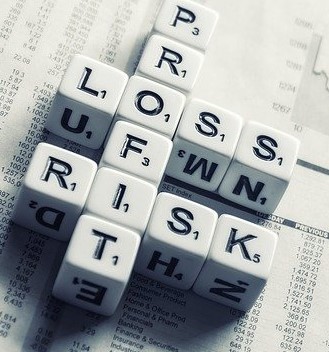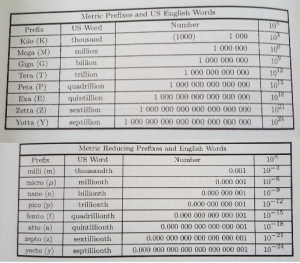
Almost exactly 40 years ago, the U.S. Metric Board’s funding was pulled under the Reagan Administration. The failure of our last attempt stemmed from weakness in the 1975 metric system legislation and a later Government Accountability Office (GAO) report that said basically (but truthfully), “Nope, United States, you don’t have to do this; it’s VOLUNTARY.” (See below.)

Guess what happened next…people moved on from this “lost cause” with little need to predict what would ensue during the next four decades.
Today, while most Americans have lost sight of the metric system—except for looking up unit conversions on Google—the National Institute of Standards and Technology (part of the Department of Commerce) did not, and it continues to implement various standards for such things as the Fair Labeling and Packaging Act (enacted in 1967) as commerce, education, and public needs continue to evolve.
I’ve got 10 years and $25,000+ of my own money invested in this project and I am prepared to walk away, but first…a couple of metric system standouts get recognition on my watch.
The two television shows I’ve identified have brought attention to our metric system plight for more than my short decade; these shows helped ensure that the metric system got noticed by including references to them within a humorous context for multiple decades.
And the first (but hopefully not the last) More Than 1.6 Kilometers Ahead awards go to:
#1: The Simpsons
To be clear, I put The Simpsons first due to seniority, not comparable quality or relative relevance. Both shows are incredibly funny and have made vast impacts on American society—although not necessarily in this particular area.
The Simpsons has run for more than 30 years! During that time, there have been countless metric system references: from Bart’s judge-issued restraining order given in meters to the We Do (Stonecutter’s Song) From Season 6, Episode 12: “Homer the Great” at roughly 12 minutes into the episode.
Who can forget such memorable lyrics as:
Who controls the British crown?
Who keeps the metric system down?
We do, we do
Who keeps Atlantis off the maps?
Who keeps the Martians under wraps?
We do, we do…
If that weren’t enough, there is the scene that people particularly remember: Grandpa’s rant at the public meeting (From Season 6, episode #18, “A Star is Burns” at about 3:15 minutes in:***)
Marge Simpson: Now, I know you haven’t liked some of my past suggestions like switching to the metric system…
Grandpa Simpson interrupts: The metric system is the tool of the devil. My car gets 40 rods to the hogshead and that’s the way I likes it.
[Sorry to those out of the country. I’m not sure the clips will play for either of these.]
#2: Stephen Colbert/The Late Show with Stephen Colbert (LSSC)
I feel like I need to incorporate Mr. Colbert—from both his Comedy Central days (see the clip below)—and his current work with the fine folks at LSSC.

Excerpt from the above clip:
Now the English makes total sense. A pound is a pound. A hogshead is a hogshead. A yard is the distance between King Henry’s nose to his finger and a gallon is the amount of rain you can catch in a buffalo’s skull. Rock solid
Stephen Colbert, The colbert report, 2007
I’ve noticed that the LSSC scripts hold wonderful references to not only the metric system but with my Los Alamos National Laboratory background (as a communications specialist, not a scientist), I always perk up when he touches on science stories (because I know the research staff know how to work their “reference magic”), and I know it’s because Mr. Colbert is drawn to it**. What draws him to the metric system? I have no guess. Fingers crossed, maybe I’ll get to ask him someday.
The reason I conceived these awards was due to a recent kilometer reference on LSSC, and I realized that, if I want to acknowledge the metric system contributions of these two television shows, this might be my only opportunity since—if I can’t move the needle on this—if American’s don’t care about this incredibly important topic (based on my decade of research)—it’s time for me to “close up shop” and go home.
I do have an “exit strategy,” but I hope I don’t have to use it.
At least these awards will go out one time.****
Thanks for reading this far.
Stay tuned; more on the horizon very soon.
Linda
(*) Note: The award’s title is based on the “opposite” of the project’s title. As in More Than a Milebehind/More Than 1.6 Kilometers Ahead.
(**) I know the history that his deceased father, James William Colbert Jr., was a physician who once worked for the National Institutes of Health.
(***) Thanks to long-time project collaborator, Peter Goodyear, for ensuring I included this non-singing, but very popular reference from The Simpsons.

(****) Thanks to Chad at Ortiz Printing in Santa Fe, NM for helping me pull the plaques together.















 I have previously written about how the Food Network’s popular chef Alton Brown has praised the ease of the metric system for kitchen use as far back as 2012 in my post called
I have previously written about how the Food Network’s popular chef Alton Brown has praised the ease of the metric system for kitchen use as far back as 2012 in my post called 




